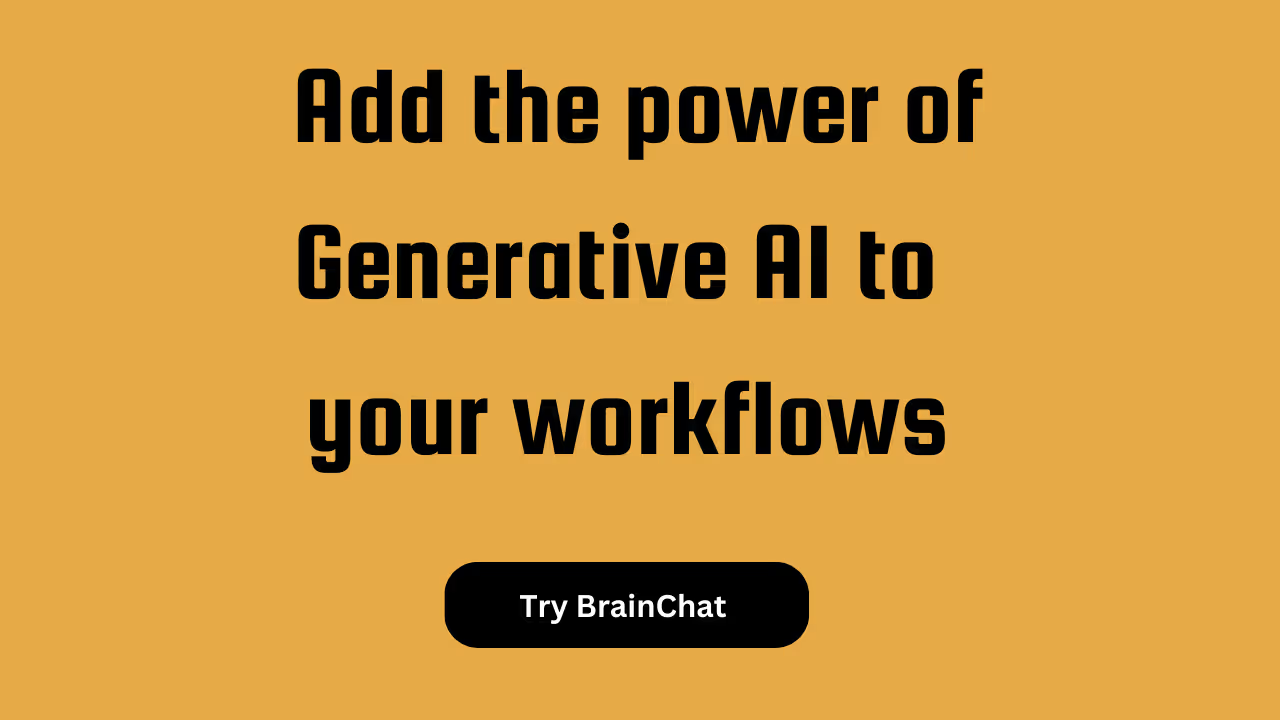
Understanding of GPT Models and How They Work

The rapid advancements in artificial intelligence have led to the development of sophisticated language models capable of understanding and generating human-like text. Among these models, the Generative Pre-trained Transformer (GPT) developed by OpenAI has garnered significant attention and applications. This article delves into the essentials of GPT models, their underlying mechanisms, and their widespread impact.
The Evolution of GPT Models
The GPT series began with the launch of the first GPT model in 2018. However, it was GPT-2 and GPT-3 that truly revolutionized natural language processing (NLP). OpenAI’s GPT-3, released in June 2020, comprises 175 billion parameters, making it one of the largest language models ever created. Its size and capabilities have significantly outpaced its predecessors, enabling it to perform a myriad of tasks that were once thought to be the domain of human intelligence.
Understanding the Transformer Architecture
The foundation of GPT models lies in the Transformer architecture, which was introduced by Vaswani et al. in a paper titled “Attention is All You Need” (2017). Unlike previous architectures such as RNNs and LSTMs, Transformers rely heavily on a mechanism called self-attention. This mechanism allows the model to weigh the importance of different words in a sentence when generating an output.
Self-Attention Mechanism
In the self-attention mechanism, each word in a sentence is compared with every other word to determine their relevance to one another. For instance, in the sentence “The cat sat on the mat,” the word “cat” might have strong attention to the word “sat,” indicating a relationship between subject and action. These attention scores are then used to generate an accurate contextual understanding of each word’s meaning within the sentence.
Transformer Layers
Transformers consist of multiple layers, each built with self-attention and feed-forward neural networks. Each layer improves the representation of the input text, making it possible for the model to understand complex language structures. This multi-layered approach allows GPT models to grasp both local and global contexts of words in a text, enhancing their ability to generate coherent and contextually appropriate responses.

Pre-Training and Fine-Tuning
A major innovation behind GPT models is the two-step process of pre-training and fine-tuning.
Pre-Training
During pre-training, the model is fed vast amounts of text data to learn patterns, syntax, and semantics of human language. This stage is unsupervised, meaning the model doesn’t require labeled datasets. Instead, it predicts the next word in a given sentence, learning language representations from the context over time. For instance, if given the text “The dog barked at the,” the model might predict “cat” as the next word, based on the patterns it has learned during pre-training.
Fine-Tuning
After pre-training, the model undergoes fine-tuning, a supervised learning process involving smaller, task-specific datasets. Fine-tuning adjusts the pre-trained model to optimize its performance for specific applications such as translation, summarization, or question-answering. This step involves training the model on labeled data where the input-output pairs are explicitly provided.
Capabilities of GPT Models
GPT models have demonstrated a remarkable ability to perform a variety of language-related tasks. Some notable capabilities include:
Text Generation
One of the most popular applications of GPT is generating human-like text. The model can write essays, create stories, and even compose poetry with a fluency that mimics human writing styles. By inputting a prompt, users can generate extensive text outputs that are contextually relevant and coherent.
Language Translation
GPT models can translate text between multiple languages. They leverage their understanding of linguistic structures to provide accurate and contextually appropriate translations, though specialized models like OpenAI’s Codex have been developed for coding languages.
Question-Answering
The models can efficiently answer questions by understanding the context and extracting relevant information from a given text. For example, if provided with a passage about the French Revolution, GPT-3 can accurately answer questions about key events and figures within that historical context.
Summarization
GPT models can summarize long documents by identifying and condensing the most important information. This feature is particularly useful for creating abstracts, executive summaries, and digestible content from extensive resources.
Sentiment Analysis
By analyzing the sentiment expressed in a piece of text, GPT models can classify text as positive, negative, or neutral. This capability is widely used in fields such as market research and customer feedback analysis, helping businesses understand consumer sentiments.
Fact-Checking and Information Retrieval
GPT models can be employed to verify facts and retrieve specific information from extensive datasets. Their ability to cross-reference information and present accurate data makes them valuable tools in journalism, research, and academic settings.
Ethical Considerations and Challenges
Despite their impressive capabilities, GPT models are not without ethical concerns and technical challenges. Understanding these aspects is crucial for responsible AI development and deployment.
Bias and Fairness
GPT models learn from vast datasets that include diverse text sources from the internet. Unfortunately, these datasets can contain biases present in human language, leading to biased outputs. For instance, biases related to gender, race, and socio-economic status can be reflected in the model’s responses, perpetuating harmful stereotypes.
To mitigate these issues, researchers emphasize the importance of using balanced datasets and developing algorithms to detect and reduce biases. Additionally, OpenAI promotes transparency and user feedback to identify and rectify biased behavior in its models.
Misinformation and Abuse
GPT models are capable of generating highly persuasive and realistic text, which can be misused for spreading misinformation or creating deepfake content. Ensuring the authenticity of information becomes a critical issue when AI-generated content is indistinguishable from human-created content.
To address this challenge, OpenAI advocates for stringent content moderation policies and ethical guidelines for AI usage. Researchers are also working on developing detection tools that can identify AI-generated text to prevent the misuse of language models.
Resource Intensiveness
Training GPT models requires significant computational resources and energy, raising concerns about the environmental impact. The immense computational power needed for these models demands robust infrastructure and energy consumption, contributing to a larger carbon footprint.
Efforts are being made to enhance the efficiency of training processes and explore alternative methods that can reduce the environmental impact while maintaining model effectiveness.
Future Directions and Innovations
The field of natural language processing continues to evolve, with ongoing research focused on augmenting the capabilities of GPT models and addressing their limitations.
Multimodal Learning
Future developments aim to integrate multimodal learning, where models can process and generate content across diverse data types, including text, images, audio, and video. This approach can enhance the contextual understanding and versatility of AI systems, making them more powerful and adaptable.
Few-Shot and Zero-Shot Learning
Few-shot and zero-shot learning techniques enable models to perform tasks with minimal task-specific data. These techniques rely on the model’s ability to generalize knowledge from limited examples, broadening its applicability and reducing the dependence on extensive fine-tuning datasets.
Enhanced Explainability and Transparency
Improving the explainability and transparency of GPT models is a critical research direction. Users and developers must understand how and why a model generates specific outputs, fostering trust and enabling better control over AI systems.
Applications Beyond Text
The potential applications of GPT models extend beyond text generation. Emerging areas include their use in robotics, where language models can enable robots to understand and respond to verbal commands more effectively. Additionally, integration with other AI disciplines, such as computer vision and speech recognition, can pave the way for more comprehensive and versatile AI solutions.
Conclusion
GPT models stand as a testament to the rapid advancements in artificial intelligence and natural language processing. Their ability to understand, generate, and manipulate human language has unlocked new possibilities across various domains. However, the ethical implications and challenges associated with their development and deployment cannot be overlooked.
As research continues to push the boundaries of what GPT models can achieve, a balanced approach that combines innovation with responsibility will be paramount. By addressing biases, ensuring transparency, and promoting ethical usage, the future of GPT models holds the promise of enhancing human-AI interaction and contributing to a more informed and connected world.
Turbocharge your team with BrainChat AI
Teams using BrainChat report a 40% boost in task completion speed. Imagine what your team could achieve.
%20(1).png)



